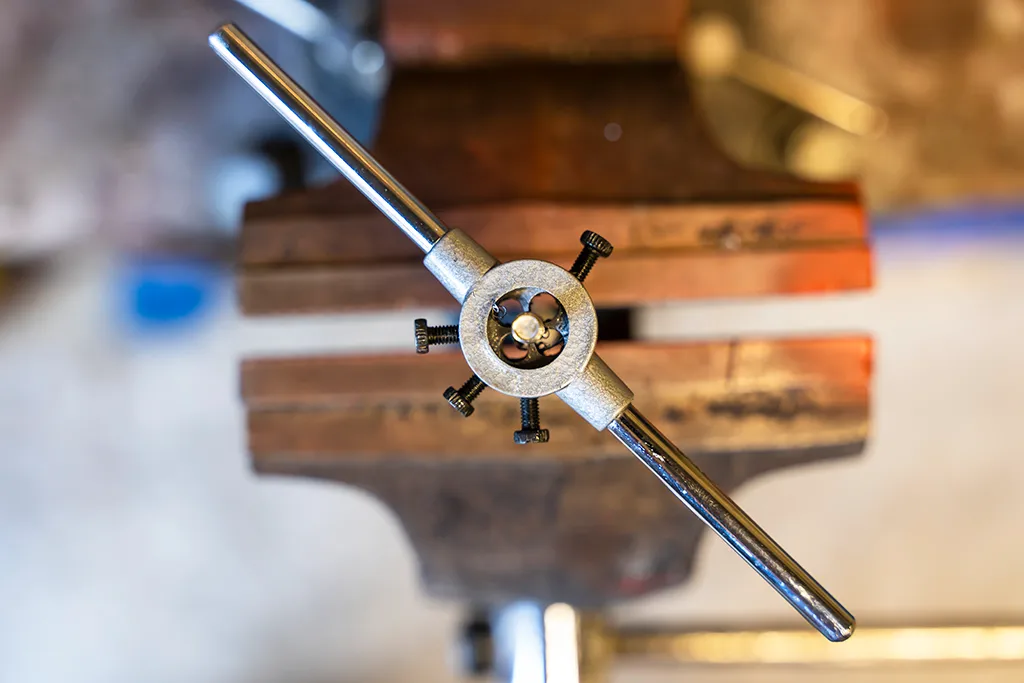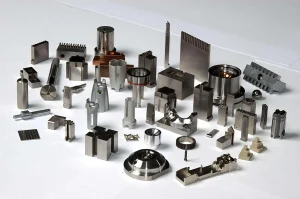When choosing a manufacturing process for aluminum parts, understanding the differences between CNC aluminum machining and aluminum casting is crucial. Both methods have unique advantages and applications. This article explores these differences, helping you make an informed decision.

1. Overview of CNC Aluminum Machining
CNC aluminum machining is a subtractive manufacturing process. It uses computer numerical control (CNC) technology to cut and shape aluminum from a solid block. CNC machines execute precise movements to create intricate designs. This method is known for its accuracy and consistency, making it ideal for high-precision components. Industries such as aerospace and automotive often rely on CNC machining for critical parts.
2. Overview of Aluminum Casting
Aluminum casting, on the other hand, is a formative process. It involves pouring molten aluminum into a mold, where it solidifies into the desired shape. This method allows for the creation of complex geometries that may be difficult to achieve through machining. Casting is often used for larger parts and components. Industries such as construction and manufacturing frequently use aluminum casting for structural applications.
3. Material Usage
One key difference lies in material usage. CNC machining starts with solid aluminum blocks or bars. This method often results in material waste as the machining process removes excess material. Conversely, aluminum casting uses raw aluminum that is melted down. This process minimizes waste by creating parts that closely match the desired shape. Therefore, casting can be more efficient for larger components.
4. Tolerance and Precision
Another significant distinction is tolerance and precision. CNC machining offers high precision with tight tolerances, often within ±0.001 inches. This level of accuracy is essential for applications that require exact fits and performance. In contrast, aluminum casting typically has looser tolerances, generally around ±0.01 inches. While casting can produce complex shapes, it may not achieve the same level of precision as machining.
5. Production Speed
Production speed also differs between these two methods. CNC machining can be slower for large production runs due to the time required for cutting and shaping each part. However, once the setup is complete, CNC machines can operate continuously. In contrast, aluminum casting can produce multiple parts in a single pour, making it faster for larger quantities. Therefore, the choice between the two may depend on production volume and timelines.
6. Surface Finish
Surface finish is another critical factor to consider. CNC machining typically results in smoother finishes, often requiring little to no additional treatment. The cutting process leaves a clean surface that can be polished if necessary. On the other hand, aluminum casting may require additional finishing processes to achieve a smooth surface. This can involve sanding or machining to remove imperfections from the casting process.
7. Cost Considerations
Cost is an important aspect of both methods. CNC machining often has higher upfront costs due to tooling and setup expenses. However, for small to medium production runs, machining can be more cost-effective. In contrast, aluminum casting can have lower initial costs for large production runs. Yet, the costs may increase if additional finishing is required. Evaluating your budget and production needs is essential when making a choice.
8. Ideal Applications
Both CNC machining and aluminum casting serve specific applications best. CNC machining is ideal for precise components in industries like aerospace and electronics. It excels in producing intricate parts with exact specifications. Meanwhile, aluminum casting is suitable for larger, less precise parts used in construction and automotive industries. It is effective for creating shapes that require mass production.
Conclusion
In conclusion, CNC aluminum machining and aluminum casting are two distinct manufacturing processes, each with unique advantages. CNC machining offers high precision and tight tolerances, making it ideal for detailed components. In contrast, aluminum casting is efficient for producing larger parts with complex shapes. Understanding these differences helps you choose the right method for your specific needs. Whether you require precision or volume, both processes can deliver quality aluminum components tailored to your requirements.






